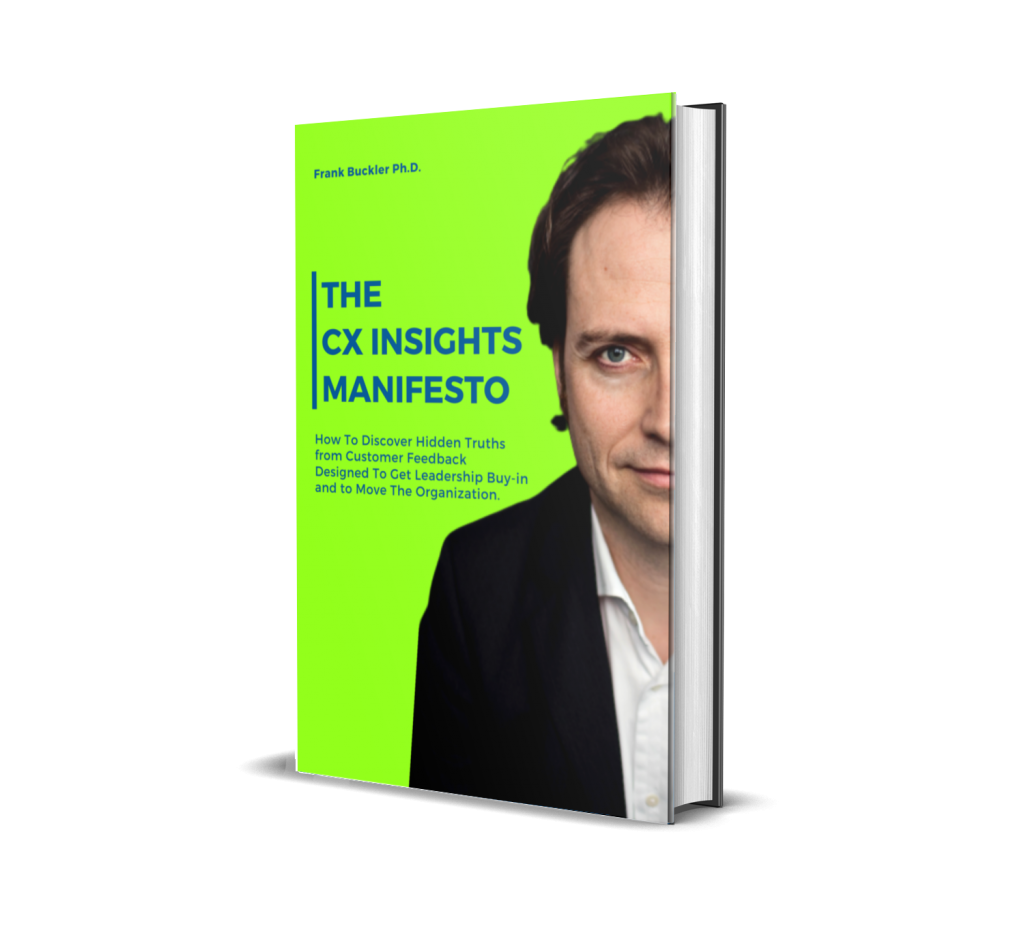Every second customer feedback of SONOS mentioned the great sound as the reason for their loyalty. The feedback was transparently distributed throughout the organization.
When reading, everyone in the organization was learning the obvious. Focusing on sound quality was key, where the investments needed to go.
This was a fact. Wasn’t it?
Unfortunately, facts do not equal truth.
Sure, most customers mention the great sound. But this is what pops up in your mind when you, as a customer, get asked an NPS question. In any domain, customers are biased to mention the mutual property of the domain product.
For restaurant customers, mention “great taste.” Do you think Mcdonald’s is the market leader because of its taste?
For washing machines, customers mention “washes well” while actually, nearly all devices wash well.
Customers praise “great service” for service businesses, while the worse airlines like Delta or Ryanair have the largest growth.
It takes a driver analysis – best done with so-called “Causal machine learning” to understand which customer topic truly matters.
Many enterprises have already run some driver analysis. But providing customer feedback “as is” to the frontline will make this analysis redundant.
Because the front line will read customer feedback and extract its own -wrong- lessons.
If it is wrong to look at the frequency of mentionings for the insights department, it is wrong to look at individual cases simply because all that happens with the reader is that he is implicitly counting topics.
In this article, I discuss the problem and suggest a solution FIXING-INNER-LOOP












